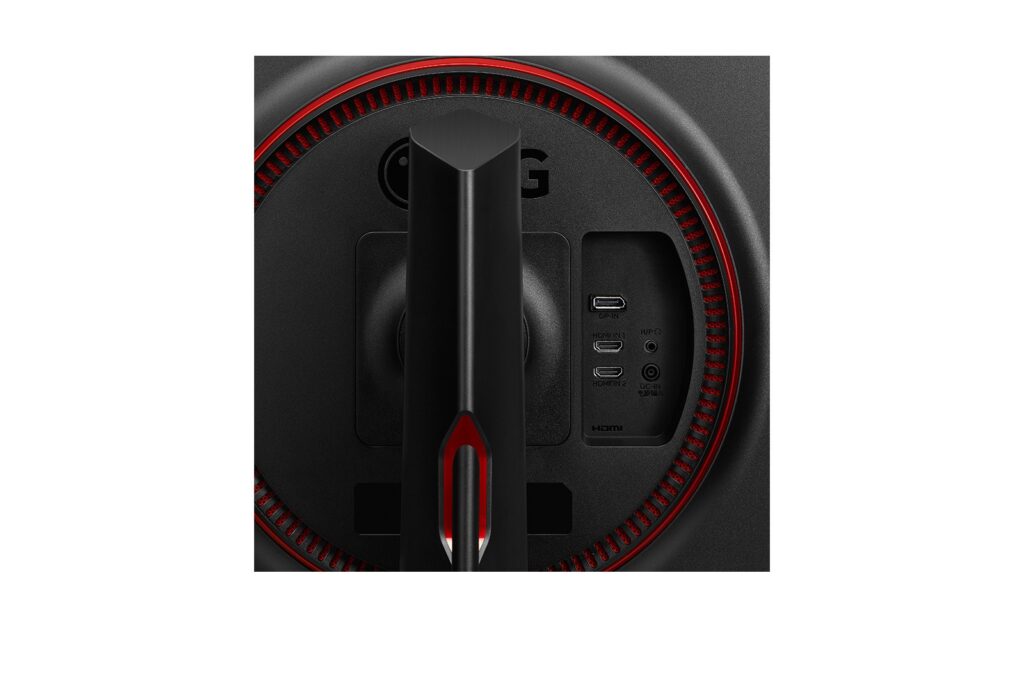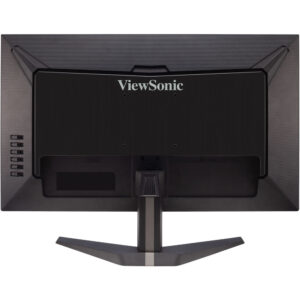We frequently receive e-mails asking us for tips with respect to monitor selection for the Volair Sim set-up. Below, we would like to summarize a few salient points for you to consider as you embark on the monitor shopping journey.

The first question that nearly everyone asks is, “Would I be better off with one large display (maybe curved) vs. three smaller ones?” Irrespective of the economics (one can often buy three smaller displays for less than one large, especially curved, display) the item to consider is the overall field of view. Put it plainly, with triple monitors, you will have a much wider horizontal field of view than with a single display (even ultra-wide one). This is especially important for VFR flying where, for example, you would be looking through your left window to judge the proper distance from runway end so you can begin your turn to base from downwind. With a single monitor, you would not have enough field of view to be able to see through the side-windows.
“What about an ultra-wide or curved monitor?” We don’t recommend it because you will lose quite a bit of the vertical display which will limit the ability to view the cockpit instrumentation below. Note that, since the wide monitors are physically wider than standard 16×9 monitors, you may have size limitations when mounting it to the chassis. Lastly, they are expensive and we think money could be better spent elsewhere.
The next question is, “What is the best size of displays should I get?” As your significant other will eagerly tell you, larger is almost always better, but within reason. Within the standard Volair Sim chassis, we would not go below 27″ and we think three 27″-29″ 16×9 monitors is a good sweet-spot. If you want to go larger and prepared to get the independent large triple display stand, we think 40″-42″ are optimal; they will cover your entire field of peripheral vision and provide a stunningly immersive experience.
“What about technical parameters? Resolution, refresh rates, pixel response time, viewing angles?“
First, in the flight simulation world, things happen relatively slowly. Typically, your sim will run at 30-60 frames per second (fps). Therefore, having a 144Hz (144 fps) monitor is an overkill.
The 1ms pixel response time may be important in e-sports but does not matter much in flight sim since, even at 60fps (60Hz), any pixel would switch only at about 1/60Hz = 0.0167s = 16.7ms. Thus, a standard 5ms display will suffice.
The viewing angle is a bit of consideration since the left and right monitors will be mounted on an angle so you want a display with a good viewing angle. Therefore, an IPS (in-phase switching) displays are recommended as they offer very good viewing angles. Most regular computer and TVs are IPS, so we are OK here.
The display resolution should be at least HD (1920x1080p). Keep in-mind that the resolution stays the same as the size vary; 27″ HD monitor has the same 1920×1080 resolution as the 42″ HD TV. In other words, the pixels are farther apart on the large display than on a smaller one. That is why, going to an ultra-large display may not be a great idea in the flight sim application where you sit so close to the displays.
As to the HD vs 4k displays (1920×1080 vs 4096×2160), note that at time of this writing (Sept, 2020), running three displays in 4k is still a tough proposition given the state of graphics card (GTX 3080 JUST came out). Therefore, we recommend HD (1920×1080) displays, at least for now, until the graphics card horse-power can catch-up. This is especially taxing for triple displays where the pixel count grows by an order of magnitude as one transitions from HD to 4k.
To sum up, save your money – you will be better off investing the money into things that matter – controllers especially or maybe avionics.
First, get a display with a VESA mount (some monitors do not have it so always check) and ensure that:
1. The back is flat (so that it will mount to the Volair Sim bracket easily).
2. The VESA mounting space has not been somehow blocked. Below is an example of what NOT to buy:
 BAD IDEA! The HDMI and power ports will be completely obscured by the mounting VESA bracket. Also note raised ring which will make mounting difficult.
BAD IDEA! The HDMI and power ports will be completely obscured by the mounting VESA bracket. Also note raised ring which will make mounting difficult.
Here is an example of a good choice of a monitor with a flat back and easily-accessible HDMI and power ports:

GOOD IDEA! Flat back, connection ports are easily accessible.
Next, ensure that the display bezels are as thin as possible. This will create a seamless, uniform appearance. A bezel-less displays are especially attractive as you will be able to form a nearly-uniform display surface.
If shopping for large displays, where you will be essentially buying TVs, skip on the extra features (built-in apps, etc). You won’t be using any of this so why pay extra.
IMPORTANT: ALWAYS BUY 3 MONITORS FROM SAME SOURCE/LOT. This is important as often manufacturers switch between the panel substrates inside the displays. So, for examples, if you buy one display from BestBuy one month, then you wait a few months months and buy remaining two displays from elsewhere (because they are out of stock at BB), you may notice large color variant between the displays. That is because these monitors, even though the share same P/N, have different panel substrates which vary in color palette. Since the displays are adjacent, any color mismatch will be very noticeable.
For details on connecting the displays and configuring them, please see the following series of articles:
HAPPY FLIGHT SIMMING!
| Cookie | Duration | Description |
|---|---|---|
| cookielawinfo-checkbox-analytics | 11 months | This cookie is set by GDPR Cookie Consent plugin. The cookie is used to store the user consent for the cookies in the category "Analytics". |
| cookielawinfo-checkbox-functional | 11 months | The cookie is set by GDPR cookie consent to record the user consent for the cookies in the category "Functional". |
| cookielawinfo-checkbox-necessary | 11 months | This cookie is set by GDPR Cookie Consent plugin. The cookies is used to store the user consent for the cookies in the category "Necessary". |
| cookielawinfo-checkbox-others | 11 months | This cookie is set by GDPR Cookie Consent plugin. The cookie is used to store the user consent for the cookies in the category "Other. |
| cookielawinfo-checkbox-performance | 11 months | This cookie is set by GDPR Cookie Consent plugin. The cookie is used to store the user consent for the cookies in the category "Performance". |
| viewed_cookie_policy | 11 months | The cookie is set by the GDPR Cookie Consent plugin and is used to store whether or not user has consented to the use of cookies. It does not store any personal data. |
SUMMER SPECIAL: PURCHASE THE COCKPIT AND EITHER THE AVIONICS PANEL OR THE TRIPLE DISPLAY STAND AND GET ADDITIONAL $100 OFF YOUR ORDER (USE COUPON VSMSAP). ALSO, TAKE ADVANTAGE OF DISCOUNTED $99 SHIPPING ON CHASSIS! LIMITED TIME OFFER SO ACT NOW! Dismiss